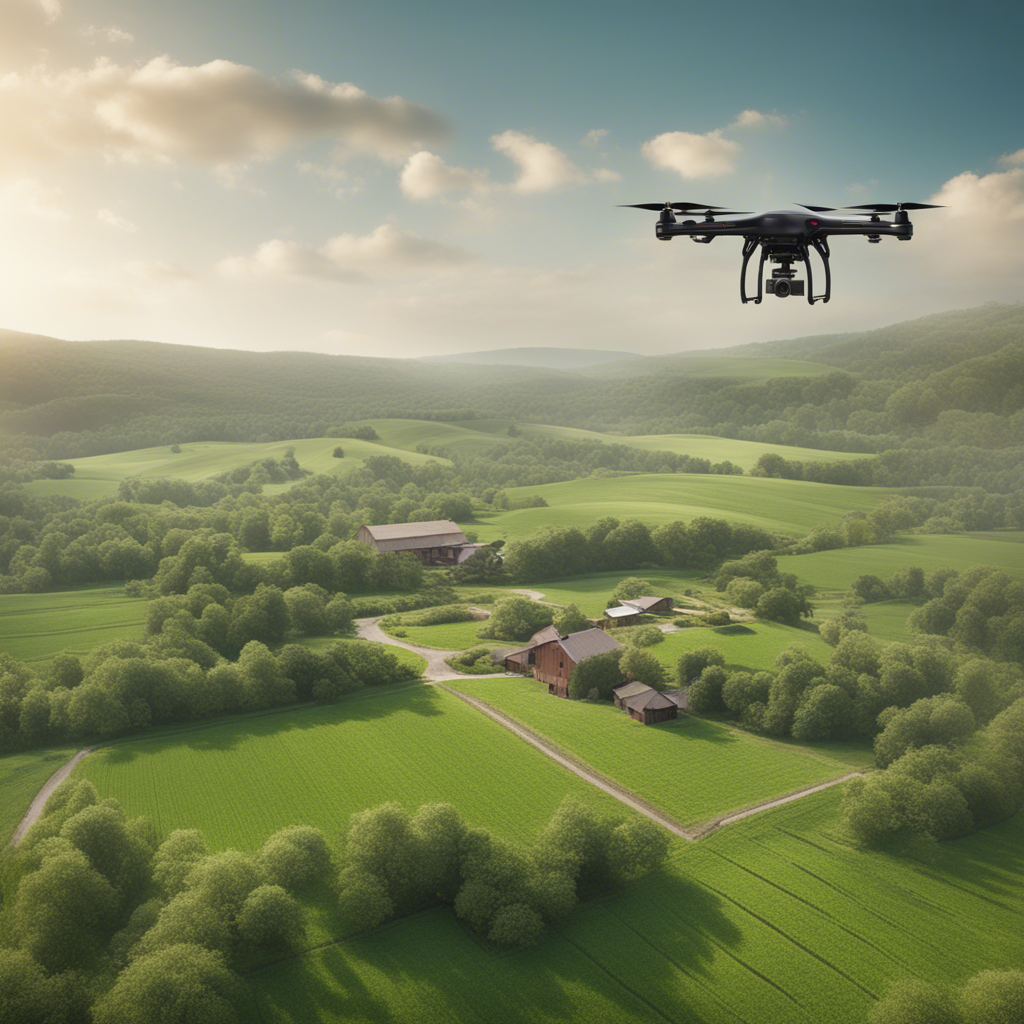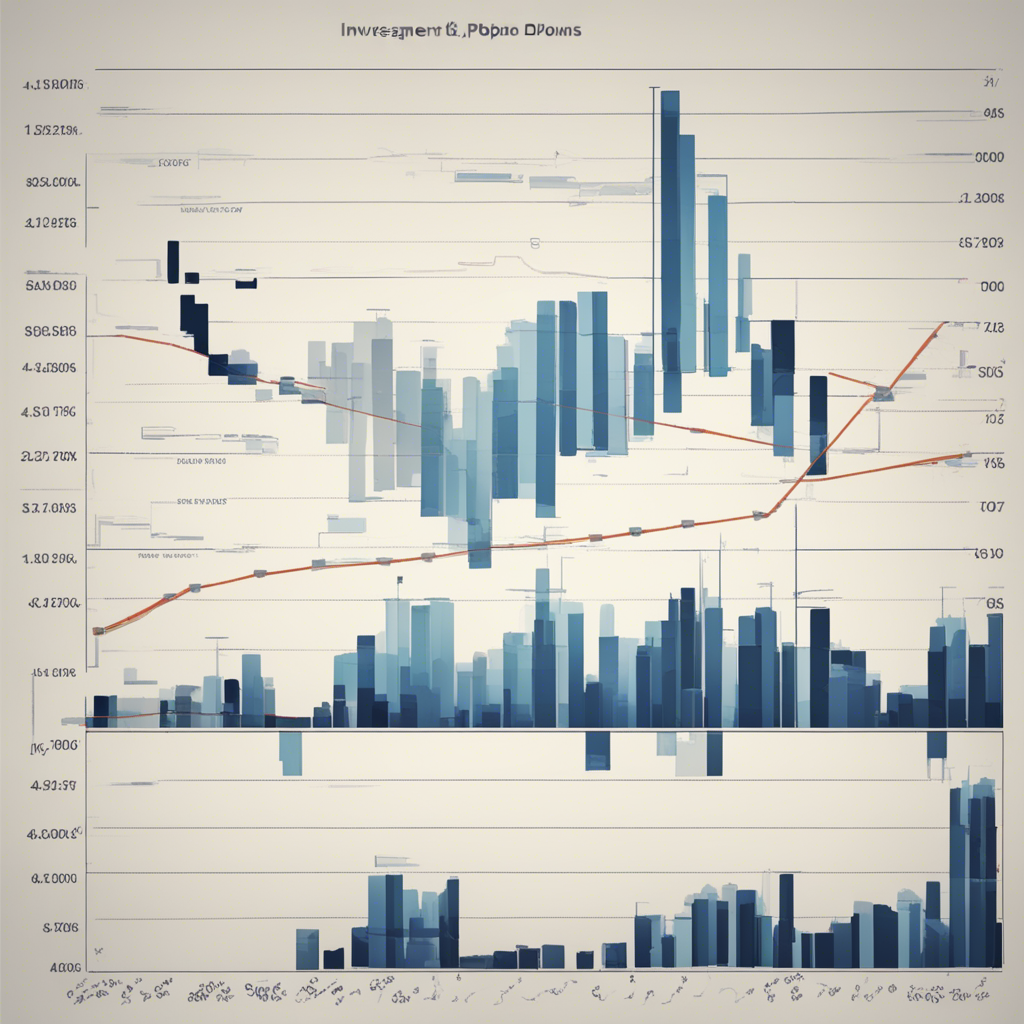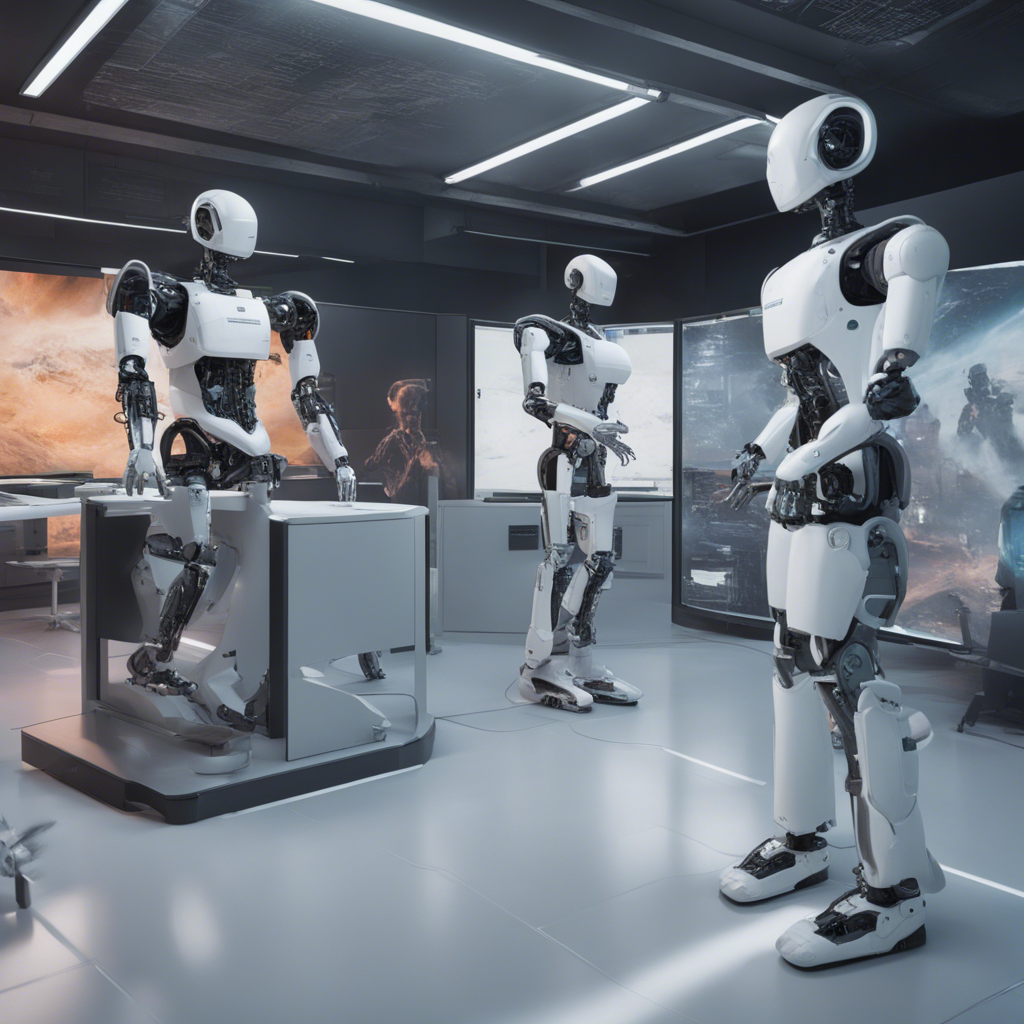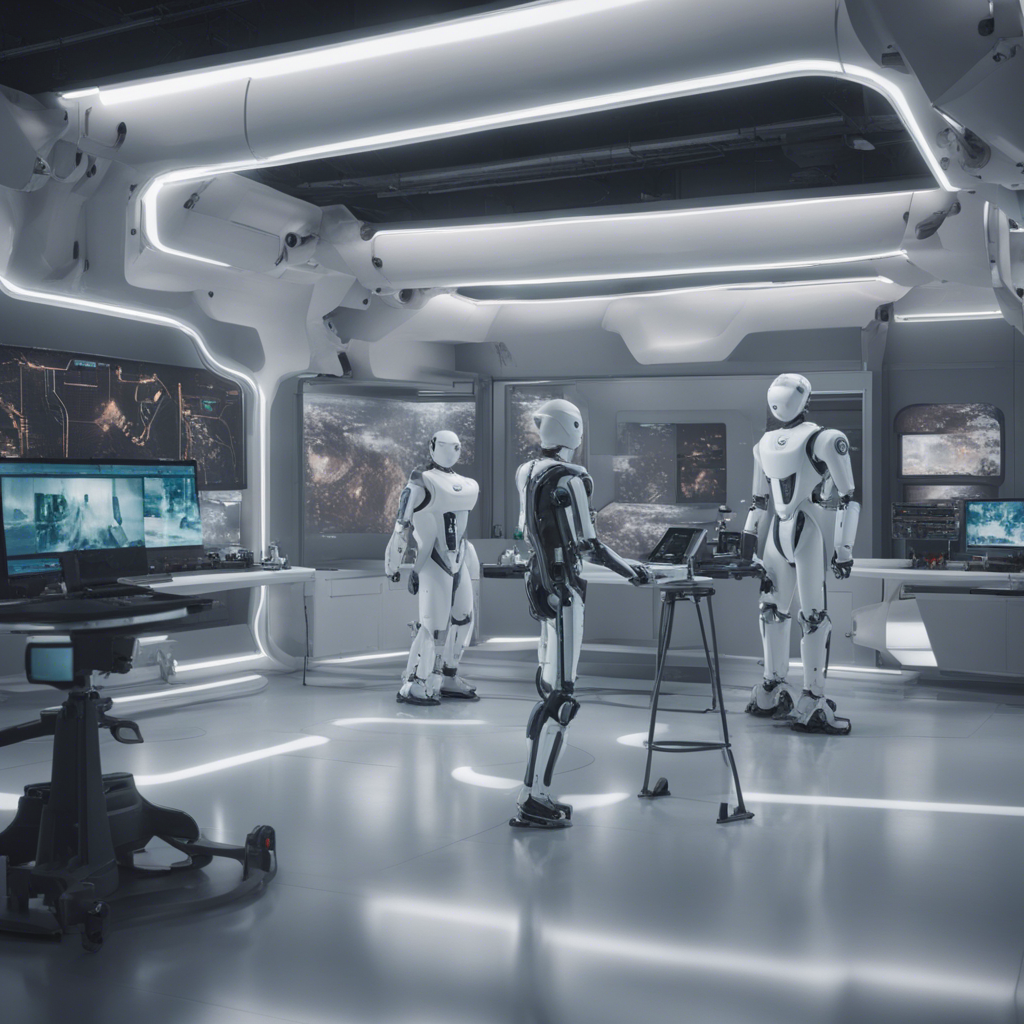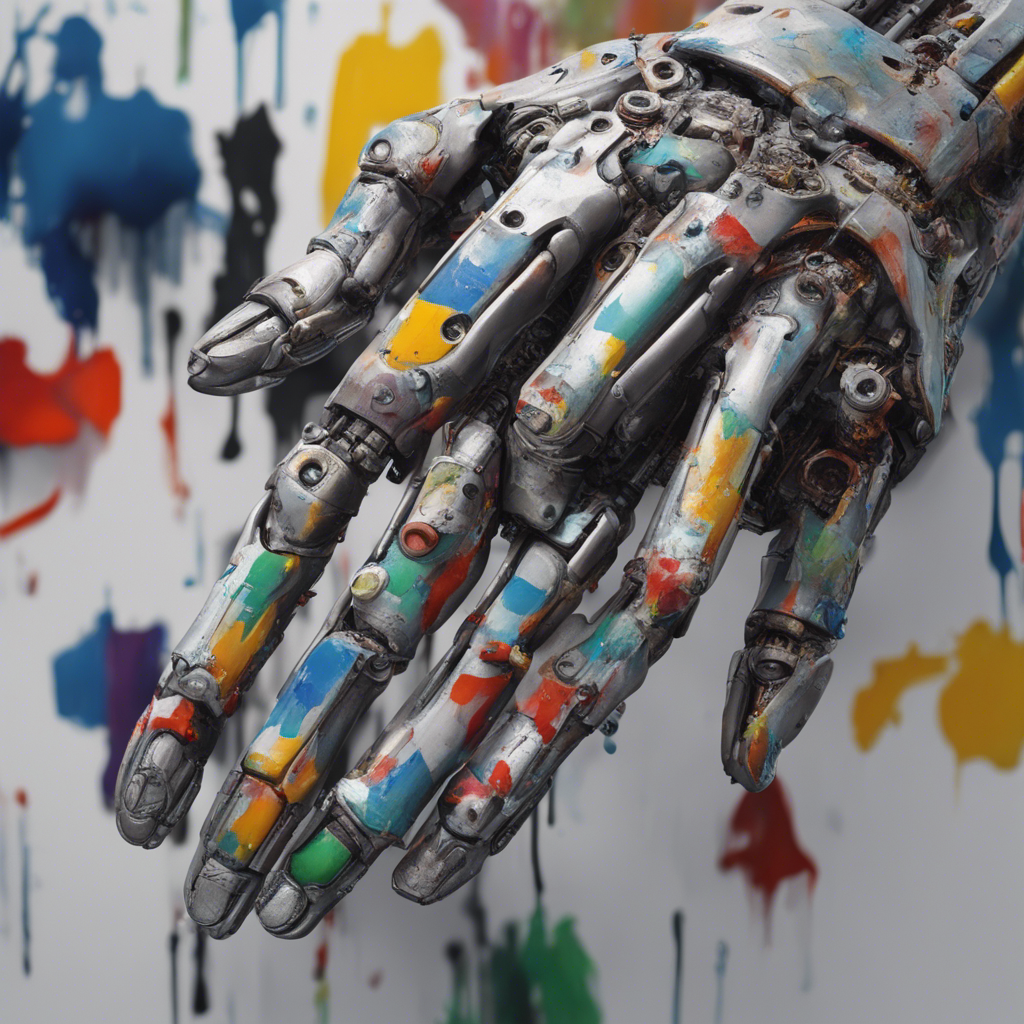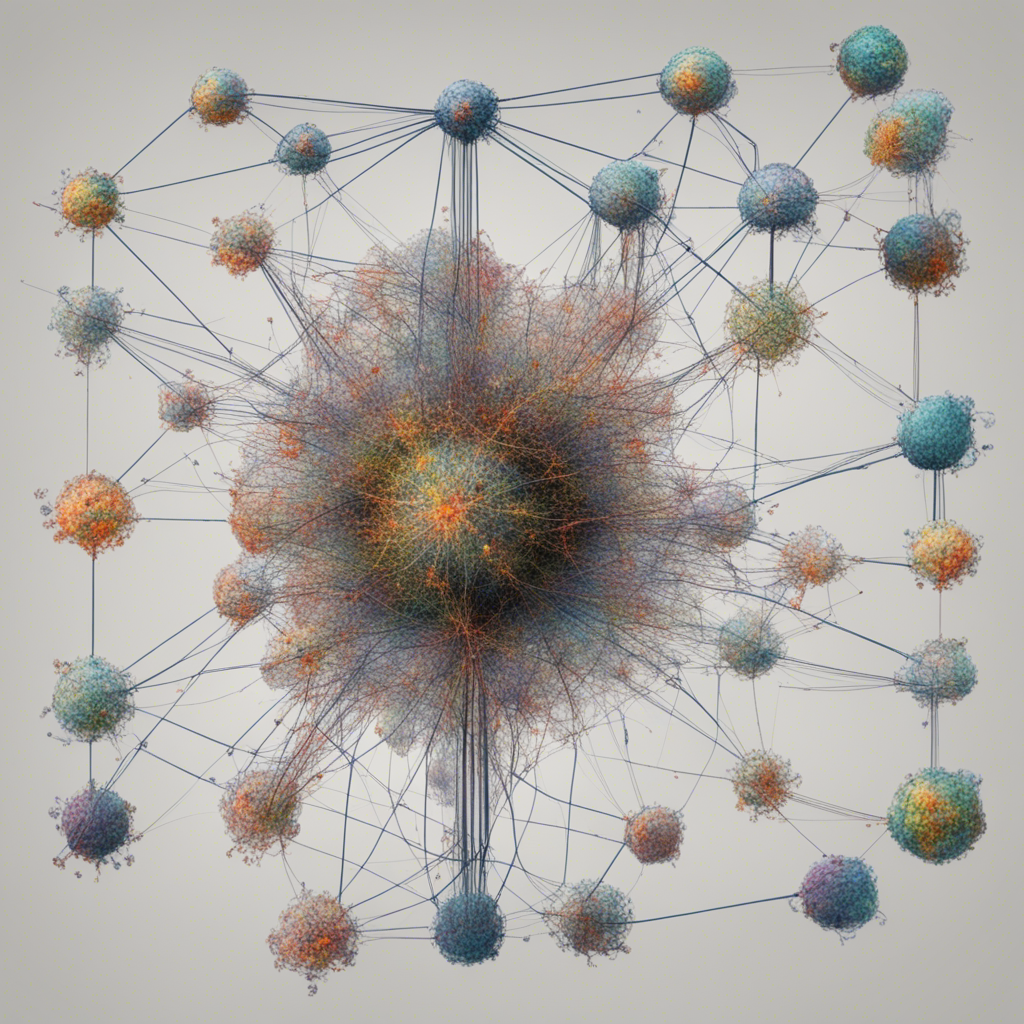
Demystifying Modern AI: A Beginner’s Guide
Artificial intelligence (AI) has become a pervasive technology in our modern world, impacting various aspects of our lives, from virtual assistants and self-driving cars to personalized recommendations in online shopping. However, understanding AI and its various components can be challenging, especially for beginners. In this comprehensive guide, we will break down the fundamental concepts, applications, and potential benefits of modern AI, providing an accessible introduction to this fascinating field.
Understanding Artificial Intelligence
AI, in simple terms, refers to the development of computer systems or machines that are capable of imitating intelligent human behavior. It involves the use of algorithms and computational models to enable machines to perform tasks traditionally requiring human intelligence, such as learning, problem-solving, and decision-making. Modern AI systems are typically classified into three categories:
1. Narrow AI or Weak AI
Narrow AI, also known as weak AI, is designed to perform specific tasks within a limited domain. These AI systems excel at a single job, such as speech recognition, image classification, or data analysis, but lack the ability to generalize beyond their designated task. Examples of narrow AI include virtual assistants like Apple’s Siri and Amazon’s Alexa.
2. General AI or Strong AI
General AI, also referred to as strong AI, represents the concept of an AI system that possesses human-level intelligence. This hypothetical AI would be capable of understanding, reasoning, and ultimately surpassing human cognitive abilities across a range of activities. However, achieving strong AI remains a significant challenge, and current AI systems are nowhere near this level of sophistication.
3. Artificial Superintelligence
Artificial superintelligence refers to AI systems that surpass human intelligence in virtually every aspect. While still purely theoretical at present, some researchers hypothesize that artificial superintelligence could have wide-ranging implications, both positive and negative. Debates surrounding the potential risks and benefits of superintelligent AI have sparked significant interest within the scientific community.
Key Components of Modern AI
To develop AI systems, developers rely on various techniques and technologies. Let’s explore some of the key components of modern AI:
Machine Learning (ML)
Machine learning is a subset of AI that focuses on enabling machines to learn from data and improve their performance over time. ML algorithms analyze and find patterns within large datasets, allowing the machine to make predictions or take actions based on this analysis. The two primary types of machine learning are supervised learning and unsupervised learning.
a. Supervised Learning
Supervised learning involves training a model with labeled data, where the AI system learns by example. The algorithm is provided with input data and corresponding correct outputs, enabling it to learn from this labeled dataset and make predictions on new, unseen data.
b. Unsupervised Learning
Unsupervised learning, on the other hand, deals with unlabeled data. The AI system is tasked with finding patterns or structures within the data without any predefined labels. By identifying associations or clustering similar data points, unsupervised learning algorithms can uncover hidden patterns and insights.
Deep Learning
Deep learning is a subset of machine learning that focuses on training artificial neural networks to learn and make decisions similarly to the human brain. Deep neural networks consist of interconnected layers of artificial neurons, also known as nodes, that process and transform input data through multiple stages. This hierarchical approach enables deep learning models to extract high-level features and representations from raw data, making them particularly effective in complex tasks such as image recognition or natural language processing.
Natural Language Processing (NLP)
Natural language processing is a field of AI that enables machines to understand, interpret, and generate human language. NLP algorithms process and analyze text data, allowing computers to extract meaning from written or spoken words, answer questions, and even generate human-like text. Some well-known applications of NLP include language translation, sentiment analysis, and chatbots.
Computer Vision
Computer vision is an area of AI concerned with enabling machines to perceive and understand visual information from images or videos. Computer vision algorithms can detect and identify objects, recognize faces, analyze scenes, and provide detailed descriptions or annotations. Applications of computer vision range from autonomous vehicles and surveillance systems to medical imaging and augmented reality.
Applications of AI in Various Industries
AI has found widespread applications across numerous industries and sectors, revolutionizing the way businesses operate and improving overall efficiency. Let’s take a look at some real-world use cases of AI:
1. Healthcare
AI is transforming healthcare by providing accurate diagnoses, personalized treatment plans, and improving patient outcomes. Machine learning algorithms can analyze medical imaging data to detect diseases like cancer or identify patterns in patient data for early intervention. Natural language processing enables efficient analysis of medical literature and electronic health records, facilitating evidence-based decision-making.
2. Financial Services
The financial industry benefits from AI-powered technologies in areas such as fraud detection, risk assessment, and algorithmic trading. AI algorithms can analyze vast amounts of financial data to identify potential fraudulent transactions or predict market trends. Chatbots and virtual assistants improve customer experience by providing personalized recommendations and addressing queries promptly.
3. Manufacturing
In manufacturing, AI enables predictive maintenance, enhancing operational efficiency and minimizing downtime. By analyzing sensor data and historical maintenance records, AI algorithms can predict when machinery or equipment is likely to fail, allowing for proactive repairs or replacements. This approach reduces production disruptions and optimizes maintenance costs.
4. Transportation
The transportation industry exploits AI technologies, particularly in the development of self-driving vehicles. AI algorithms, powered by computer vision and machine learning, enable vehicles to perceive their surroundings, interpret road signs, and make real-time decisions to navigate safely. AI also optimizes route planning, reducing traffic congestion and improving fuel efficiency.
Conclusion
This comprehensive guide provided a window into the world of modern AI, covering key concepts, components, applications, and its transformative impact across multiple industries. From narrow AI to the possibilities of strong AI and artificial superintelligence, the field of AI continues to evolve and drive innovation.
By understanding the various components of AI, such as machine learning, deep learning, natural language processing, and computer vision, readers can appreciate the breadth of AI and how it is transforming various sectors, including healthcare, finance, manufacturing, and transportation.
As AI continues to progress, it is crucial to remain aware of both the opportunities and challenges it presents. Ethical considerations, data privacy, and transparency are paramount to ensure responsible AI deployment. By demystifying AI for beginners, we promote a deeper understanding and appreciation of this fascinating technology that will shape our future.

